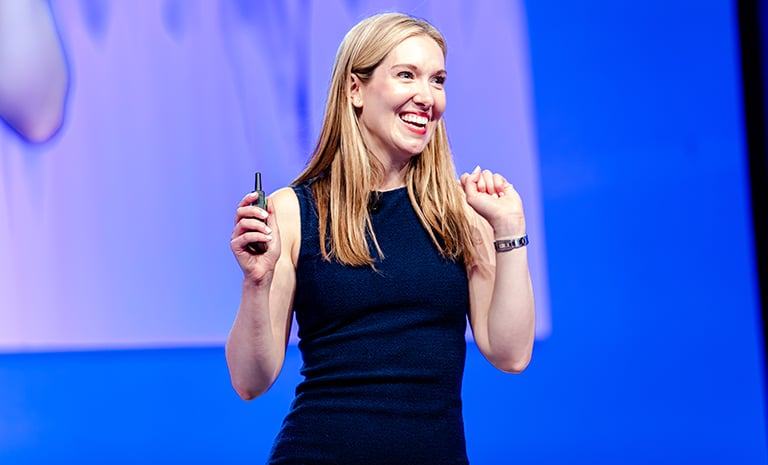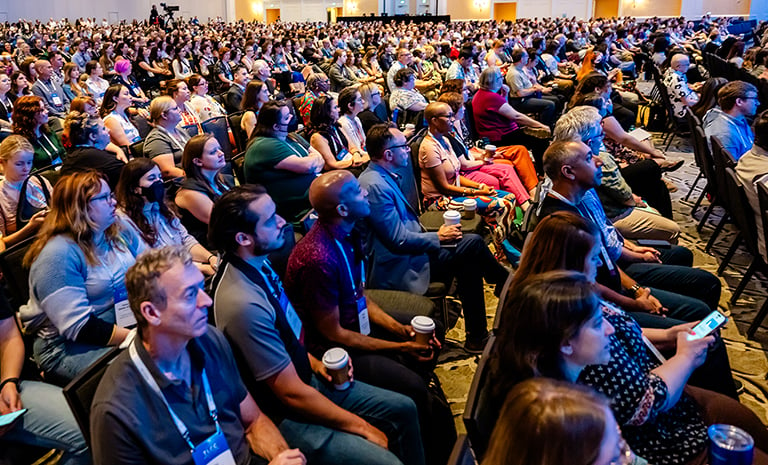Business Strategy
Article
Insights & Innovation
513e0c54-15bc-452a-9220-57a812005079
5 min
https://edge.sitecorecloud.io/tessituraneab9a-tessiturane5642-staging-5396/media/Images/Discover-Images/Thought-Leadership/table-hands-thomas-drouault-768x465.jpg?h=465&iar=0&w=768
Jenifer Thomas LaMorte writes about how to achieve successful CRM by aligning your platform, process, and people.
Back to basics: CRM strategy

Vice President, Business Development, Tessitura Network
Back to basics: CRM strategy
1/8/2020
5 min
“…We had a major donor call our regular phone line.
They just forgot the number they normally call. Our staff member recognized who they were and started a conversation, and started elevating that for them and connected them with the right people. And when that person was transferred to our development officer, they said, ‘You know what? I just had the most amazing service. I’m actually going to give you $25,000 instead of the $15,000 you were asking for.’”
This story, shared by INTIX Past-Chair Kay Burnham of the Segerstrom Center, illuminates the importance of customer relationship management (CRM). Today’s customers expect personalized communications, a holistic understanding of their relationship with an organization, and recognition and appreciation for their ties to that organization. Understanding the entirety of a customer’s interactions with an organization builds a foundation toward deepened engagement and increased revenue.
Now more than ever, customer relationship management is a fundamental piece of successful business strategy. And yet, CRM has been relegated by many as a piece of technology to use or a process to undergo. In reality, CRM underpins every strong customer service interaction, every properly timed special offer and every ticket sale.
CRM underpins every strong customer service interaction, every properly timed special offer and every ticket sale.
Paul Greenberg, the writer of the book dubbed the “Bible of CRM,” defined CRM in 2009 as “a philosophy and a business strategy, supported by a system and a technology designed to improve human interaction in a business environment.” In this definition, the strategy of CRM takes the forefront: The system and technology exist to reinforce the strategy, and not the other way around.
Technology has hijacked the conversation surrounding CRM. In the 10 years since that initial definition, CRM technology has leap-frogged ahead of CRM strategy to the detriment and confusion of the arts, culture and live entertainment field. CRM strategy has become an afterthought, at best, and the science and skills needed to be smart CRM strategists are lagging far behind the advances on the technology side.
A successful CRM strategy relies on the alignment of the platform, the process and the people. The CRM technology platform must be the unified source of truth for each customer interaction. The process — the organizational strategies and tactics designed to connect customers to the mission of the organization — must be clearly outlined and integrated with the platform structure to reinforce the business needs. The people who decide the goals of the organization must not only align themselves with the process and the platform, but take ownership of them. In this way, all three pieces of the virtuous cycle support and feed into one another.
Customer relationship mastery can be achieved when the people, process and platform are working in harmony.
The foundational structure of CRM — the alignment of the platform, process and people — serves as the enabler of organizational goals. By revisiting these basics of CRM, the strategies reinforcing tactics in an organization find a new light.
Mark Twain is attributed with saying, “Data is like garbage. You’d better know what you’re going to do with it before you collect it.” A CRM technology is the place where data is stored and leveraged, but the CRM strategy is what brings that data to life and enables deepened engagement and heightened revenue. No longer just management, customer relationship mastery can be achieved when the people, process and platform are working in harmony.
• • •
This article originally appeared as a guest blog post written by Tessitura team member Jenifer for Access, the INTIX blog.
Top photo by Thomas Drouault on Unsplash
Topics
Business Strategy

Jenifer Thomas LaMorte
Vice President, Business Development
Tessitura Network

Good data is about people
Arts & Culture / BI & Analytics / Technology
How data is fueling the future of arts and culture (and why Tessitura members have an edge)

The audacity of relevance
Arts & Culture / Innovator Series / Community Engagement
Alex Sarian urges us to prioritize shared cultural experiences in the face of social isolation

Who we are, what we value and where we’re headed
Arts & Culture / Technology
Recapping the TLCC Orlando 2023 opening session